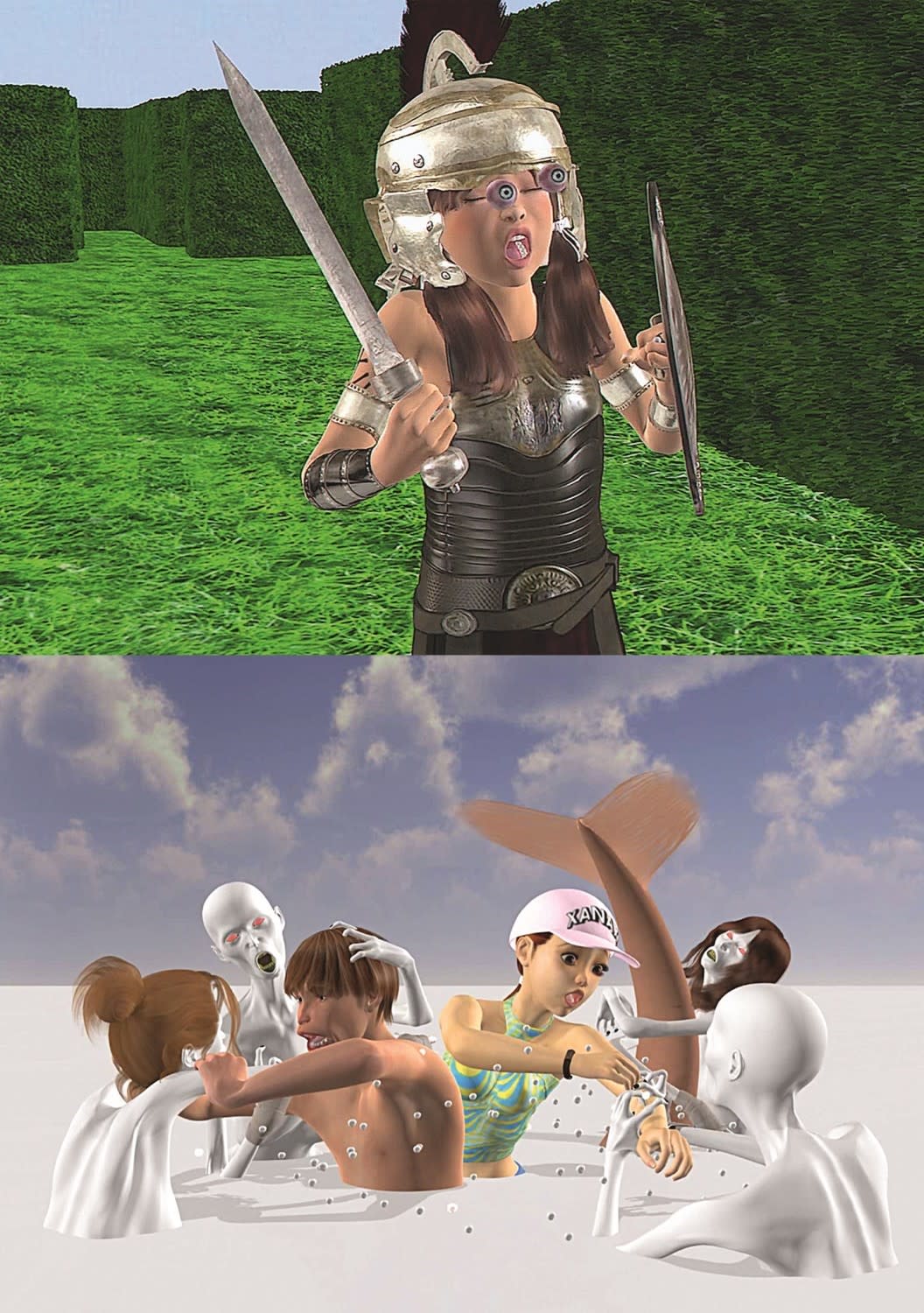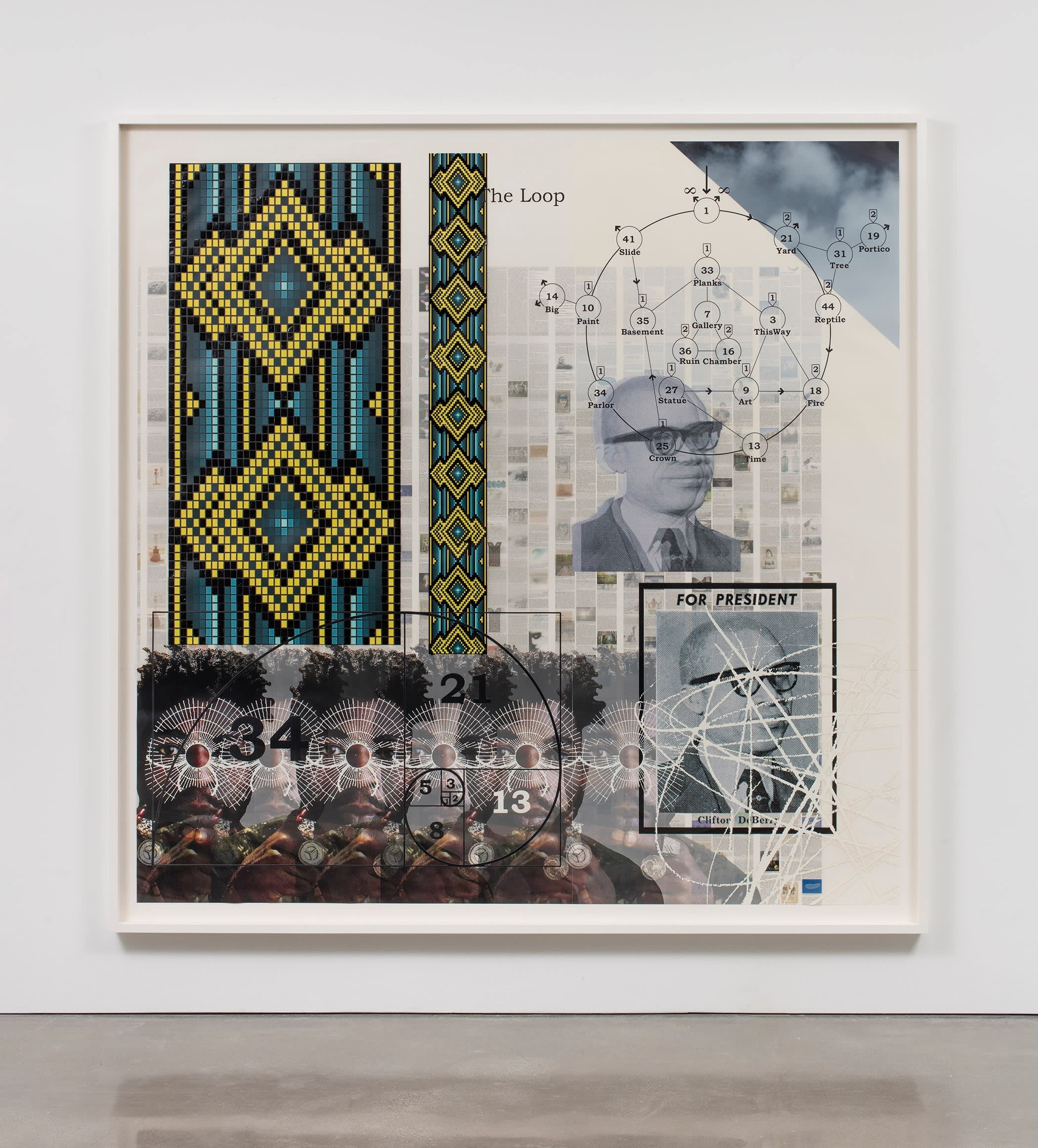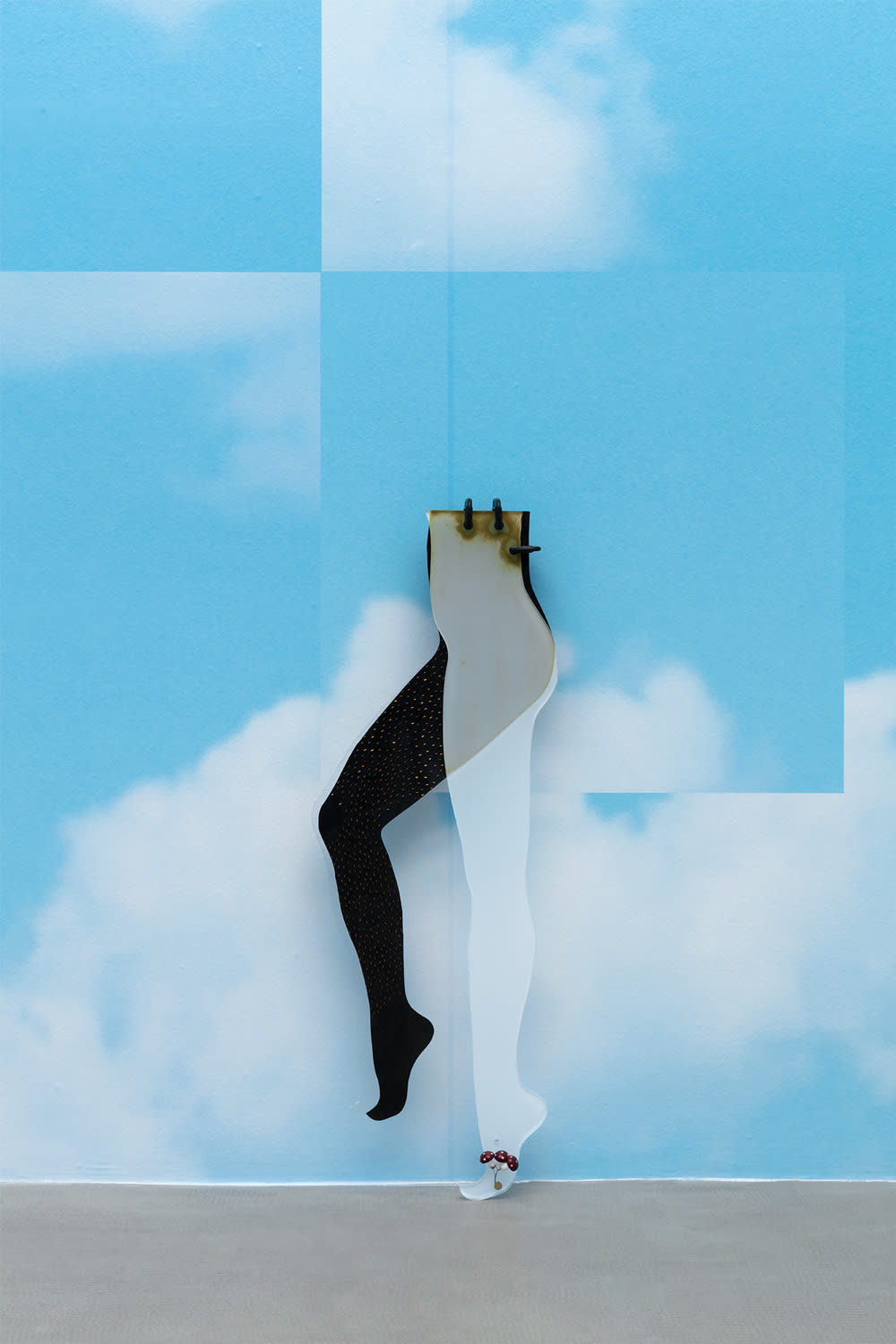Conceptual art is dead. Long live art IRL.
Sarah Thornton reflects on the key trend at this year’s Venice Biennale
Log in and subscribe to receive Art Basel Stories directly in your inbox.
Artists are vanguard seers, according to modern lore. However, at a time when businesses measure their competitive advantage in microseconds, can artists make claims to be as prescient as technologists, futurologists or even big-data AI analysts? After all, much like the violin, oil-on-canvas is a technology that was popularized 500 years ago. As culture is increasingly digitized and funneled through smartphones, maybe art’s mission is to be IRL, aka In Real Life. Perhaps we desperately need it to honor the haptics of our bodies and speak to our guts (if only because we have as many neurons in our stomachs than a cat has in its brain). Indeed, while viewing ‘May You Live in Interesting Times’, the curated section of the 2019 Venice Biennale, I was most impressed by the works that evoked the uncanny feelings and ineffable bodily realities, which forebode the future.
‘The show is not posthuman as much as posthumanist,’ says Ralph Rugoff, the American-born, London-based artistic director of the biennale. ‘The human being as a singular, innate individual is a relic. We have extended the idea of the self to include all the cultural prostheses around us. We’re more like trees whose roots connect in the forest, except our root systems are increasingly electronic.’
For me, the most memorable works from Rugoff’s biennale overtly or covertly interrogate the self in a world where humanity and humaneness are under attack. On the explicit side of the spectrum, Jon Rafman’s Dream Journal 2016-2019 is an animated film whose elevator pitch might be: ‘a cyberpunk computer adventure meets Hieronymus Bosch via Alice in Wonderland’. While the work appears to be science fiction, Rafman sees it as a comment on the present. ‘I’m not a futurologist,’ declares the Canadian artist. 'I’m a virtual anthropologist, exploring my own unconscious, using classical Surrealist techniques.’ The artist spent four years writing down his dreams as a means of gauging what happens to the human psyche when it’s subjected to technological overstimulation and data overload.
Viewed on a large screen in a dark room, Dream Journal offers a mesmerizing display of body types. The female protagonist, Xanax Girl, has three incarnations: a prepubescent innocent, a slim gal with oversized fake boobs and, finally, a bulky bodybuilder. Her boyfriend Ace is part human, part seal and sluggishly phallic. Xanax Girl has to rescue him repeatedly. On her travels, she is aided by Officer K, a bulky trans-y blonde, and passes by an androgynous red-headed character with a cell phone crotch.
‘Maybe we’re already posthuman’, suggests Rafman. Well before handheld computers, cameras were extending our visual memory and calculators replacing mental math. Biochemicals, from steroids to antidepressants, are commonplace. (Symptomatically, Botox has the effect of making humans look like blank-faced androids.) Now with Instagram and OkCupid personas, we no longer look at mirrors for self-reflection. ‘Virtual selves have more power than real selves,’ says Rafman. ‘But they are just a fictional assortment of images and statements. Tech extends the self, but then turns around and tyrannizes it.’

Tavares Strachan is a seer with an entirely different strategy. The Bahamian-born, New York-based artist believes that we have to change the past in order to command the future. ‘The future is a complicated idea. It doesn’t just arrive; it’s fabricated. And there’s the rhetoric and the reality,’ says Strachan, who goes on to cite Gil Scott-Heron’s 1970 song ‘Whitey on the Moon’. To counter the snow-blindness of the tech industry, Strachan has collaborated with SpaceX and launched a satellite sculpture commemorating Robert Henry Lawrence Jr., an African American NASA astronaut who died in a jet crash in 1967. The sculpture will orbit the earth for seven years, synchronized with the sun, so the once-forgotten spaceman is never out of sight. In the Giardini, a white-walled room is devoted to another ambitious Strachan work: The Encyclopedia of Invisibility, an ongoing project with 15,000 entries about people, places and phenomena that have gone unrecognized due to discrimination. Hung on the walls around the book itself are large-scale collages whose imagery derives from the artist’s free associations on its entries. In Four Hundred Meter Dash, for example, the historical hierarchy of personalities is reordered, insinuating a more egalitarian future. A blurred double-vision version of young Queen Elizabeth II stands with her back to images of dramatic movement like a rocket blast-off, diagrams of a volleyball play, and a running track. Emerging from the complex overlays is the crisply focused, slightly larger-than-life-size face of a black man in arctic fox fur – Matthew Henson, one of the first six men to reach the geographical North Pole. Robert Peary, the only white man and historically the only named explorer on that expedition (the pair were accompanied by four Inuit), appears in the collage, faded, behind an albino Jamaican reggae star called Yellowman. ‘I like to solve challenges through play, and through collapsing time and space,’ explains Strachan. By these means, the artist shifts identity politics out of dystopian doldrums and into a more hopeful, exhilarating realm.

Where Rafman’s take on the neohuman is psychosexual and Strachan’s is geopolitical, Anthea Hamilton’s is more material and aesthetic. The New Life (2018) is a 3D tableau or ‘performative space,’ as Hamilton calls it, with a compelling retro-futurist feel, reminiscent of the film sets of Stanley Kubrick’s A Clockwork Orange and the New Wave aesthetics of Vivienne Westwood. The high walls and floor of the installation are covered with a blown-up image of Hamilton plaid. ‘Victorian charlatans assigned clans to tartans in order to sell Scottish heritage to Americans,’ explains the mixed-race artist. ‘I’ve adopted the Hamilton tartan as a tag, as an ambiguous identity. We have no idea whether it’s authentic.’ Blatantly digital with a white line punctuating its grid, the plaid environment feels oddly virtual, positioning viewers as avatars in a computer-generated universe.
Against the ocular grid hangs an enormous monarch butterfly in the emblematic spot where you might otherwise find a mounted moose head or a brand name. Beneath it are three jet black, partially clothed male mannequins, imported from various countries via eBay. Because they don peculiar accessories like a chef’s hat and an oversized ladle, they evoke service androids at rest. ‘These figures have no senses, but their surfaces entice,’ says Hamilton bemusedly. Tartan patterns without woolen weaves. Glossy lacquered muscular stomachs. Cooks without food. Through its mysterious reserve and in contradistinction to the little screens through which we interact daily, the room vexes our desire for texture, touch and taste.
Hamilton’s use of ready-mades, semi-clad humanoids and checkerboard patterns reminds me of that iconic image of conceptual art: Marcel Duchamp playing chess with a naked Eve Babitz. The 1963 photo by Time photographer Julian Wasser harks back to 19th-century paintings of nudes – particularly Manet’s Dejeuner sur L’Herbe – but Babitz’s fleshy presence also acknowledges exactly what conceptual art, in the strict sense, suppresses and neglects. Before the IBM supercomputer Deep Blue beat world-champion chess player Garry Kasparov, chess was the apogee of humanness. Those were the days when we compared ourselves to apes. Nowadays, however, we compare ourselves to artificially intelligent machines. So, we’ve moved on, searching for other unique abilities, such as our capacity to empathize, express and, most importantly, embody.

I have no doubt that pure conceptual art – ideas without intriguing manifestations, brains without bodies – is no longer art’s most relevant calling. First, a smart engineer or AI will eventually write algorithms to spin out deep, fascinating, puzzling, weird arty concepts. Second, in an age of earbud music and virtual reality porn – at a time when fewer cultural forms are experienced by people gathered together in a real room – are concepts a priority human need? Do they continue to scintillate? According to a National Endowment for the Arts study, the number one reason people visit art institutions is to ‘socialize with family and friends.’ But the occasion is not just social, it’s physical. Museums, biennales, and art fairs are increasingly popular because they honor our bodies with a corporeal experience.
Let’s say it: Conceptual art is dead. In much the same way that painting was declared dead circa 1970, so art, whose je ne sais quoi is physically intangible, has become frail and anemic. It’s out of touch – figuratively and literally. Pure idea art is today probably best executed by Apple’s in-house philosopher or Google’s ‘Captain of Moonshots.’ What the trio of works by Rafman, Strachan, and Hamilton (and many other works in Rugoff’s biennale) bring home to me is that curiously visceral art still has the chops to interpret today and foretell tomorrow. Conceptual art may be dead, but long live art In Real Life.
This article was originally published in Art Basel Miami Beach Magazine, available in select locations in the US.
Top image: Tavares Strachan, Capleton (detail), 2018. Courtesy of the artist and Regen Projects, Los Angeles.

